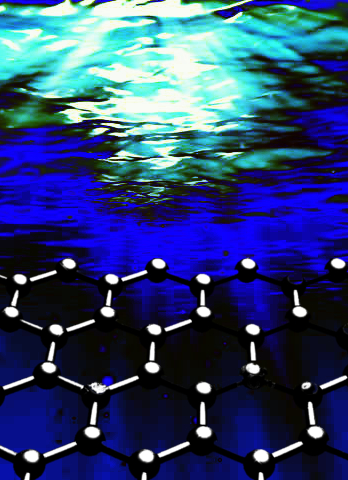Light helps hit high-tech control
 Australian engineers say they have come up with a way to control high-tech materials in liquid using light.
Australian engineers say they have come up with a way to control high-tech materials in liquid using light.
In what could be a big advance in the way we deal with sophisticated new materials, research published this week in the journal Nanoscale describes a simple and effective way of capturing graphenes and the toxins and contaminants they attract from water by using light.
It will help with future efforts to purify water using graphenes.
“Among its many potential uses, the prospect of using graphenes for the purpose of water purification is extremely promising,” says Monash University researcher Dr Rico Tabor.
“Because the structure is essentially two-dimensional and only an atom thick, graphene `sheets' have the highest surface area possible, meaning their capacity to mop up contaminants in water surpass that of any currently used materials or membranes.
“However, this raises the problem of how to extract the graphenes and contaminants from water. Traditional approaches use high amounts of energy by centrifugation, or adding large amounts of polymer at high cost,” Dr Tabor said.
But the new technique took a different approach, adding a small amount of a special light-sensitive soap to the water containing the graphenes and contaminants.The soap changes its molecular structure when light of a particular colour is shone onto it.
This changes the way it interacts with carbon materials in the graphene and causes them to separate out (along with contaminants stuck to them), enabling easier extraction of the graphenes and contaminants. Shining a different coloured light re-disperses the graphenes for re-use.
Co-researcher Thomas McCoy said it was an exciting advance.
“Light is appealing as it is abundantly available, simple and low cost when compared to most separation methods. Our latest research findings could have significant implications for cost-effective, large-scale water treatment,” Mr McCoy said.







 Print
Print